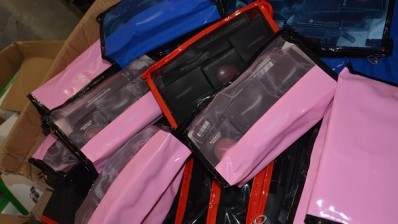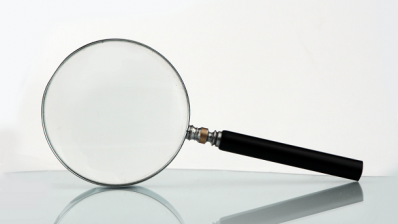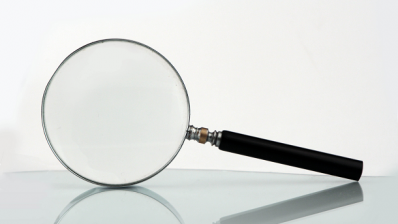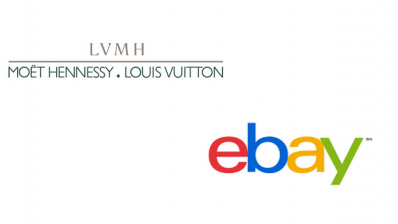Scientists invent inks to combat counterfeiting that are ‘impossible’ to replicate
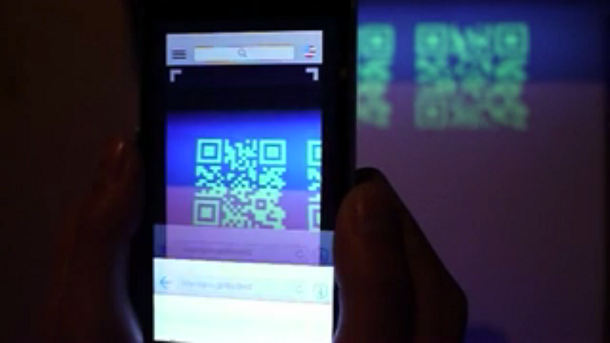
The discovery means that we could reach a stage where consumers can snap a photo of a product on their smartphone, and it will say if the item is real or not.
Counterfeiting is very big business worldwide, with $650 billion per year lost globally, according to the International Chamber of Commerce.
Perfumes, like other luxury goods, have long been a major target for counterfeiting. However, nowadays other cosmetics and personal care items such as skin creams, soaps and toothpastes are also counterfeited.
Sir Fraser Stoddart’s team from Northwestern University in Illinois, led by Xisen Hou and Chenfeng Ke, discovered the new fluorescent inks could give manufacturers and consumers an authentication tool that would be very difficult for counterfeiters to mimic.
Fluorescent inks
These inks, which can be printed using an inkjet printer, are invisible under normal light but visible under ultraviolet light.
The team says that the inks could be stamped as barcodes or QR codes on anything from banknotes and bottles of whisky to luxury handbags and expensive cosmetics, providing proof of authenticity.
"We have introduced a level of complexity not seen before in tools to combat counterfeiters," says Sir Fraser Stoddart, the senior author of the study.
"Our inks are similar to the proprietary formulations of soft drinks. One could approximate their flavour using other ingredients, but it would be impossible to match the flavour exactly without a precise knowledge of the recipe."
Virtually impossible to replicate
A big plus for manufacturers is that they will also have control over the colour of the inks, which can be made in single colours or as multicolour gradients, depending on the amounts and interaction of three different ‘ingredient’ molecules, providing a built-in ‘molecular encryption’ tool.
"The rather unusual relationship between the composition of the inks and their colour makes them ideal for security applications where it's desirable to keep certain information encrypted or to have brand items with unique labels that can be authenticated easily," Stoddart adds.
"This is a smart technology that allows people to create their own security code by manually setting all the critical parameters," continues Hou. "One can imagine that it would be virtually impossible for someone to reproduce the information unless they knew exactly all the parameters."
The researchers also have developed an authentication mechanism to verify the protected information produced by the inks.
They say that simply by wiping some wet authentication wipes on top of the fluorescent image causes its colours to change under UV light.
"Since the colour changing process is dynamic, even if counterfeiters can mimic the initial fluorescent colour, they will find it impossible to reproduce the colour-changing process," Ke says.
With a manufacturer controlling the ink's ‘recipe’ or chemical composition, counterfeiters would find it virtually impossible to reverse engineer the colour information encoded in the printed barcodes, QR codes or trademarks.
Even the inks' inventors would not be able to reverse engineer the process without a detailed knowledge of the encryption settings.
Details of the fluorescent inks, which are prepared from simple and inexpensive commodity chemicals, is published in the journal Nature Communications.
__________
Huibin Sun, Shujuan Liu, Wenpeng Lin, Kenneth Yin Zhang, Wen Lv, Xiao Huang, Fengwei Huo, Huiran Yang, Gareth Jenkins, Qiang Zhao, Wei Huang. Smart responsive phosphorescent materials for data recording and security protection. Nature Communications, 2014; 5 DOI: 10.1038/ncomms4601
